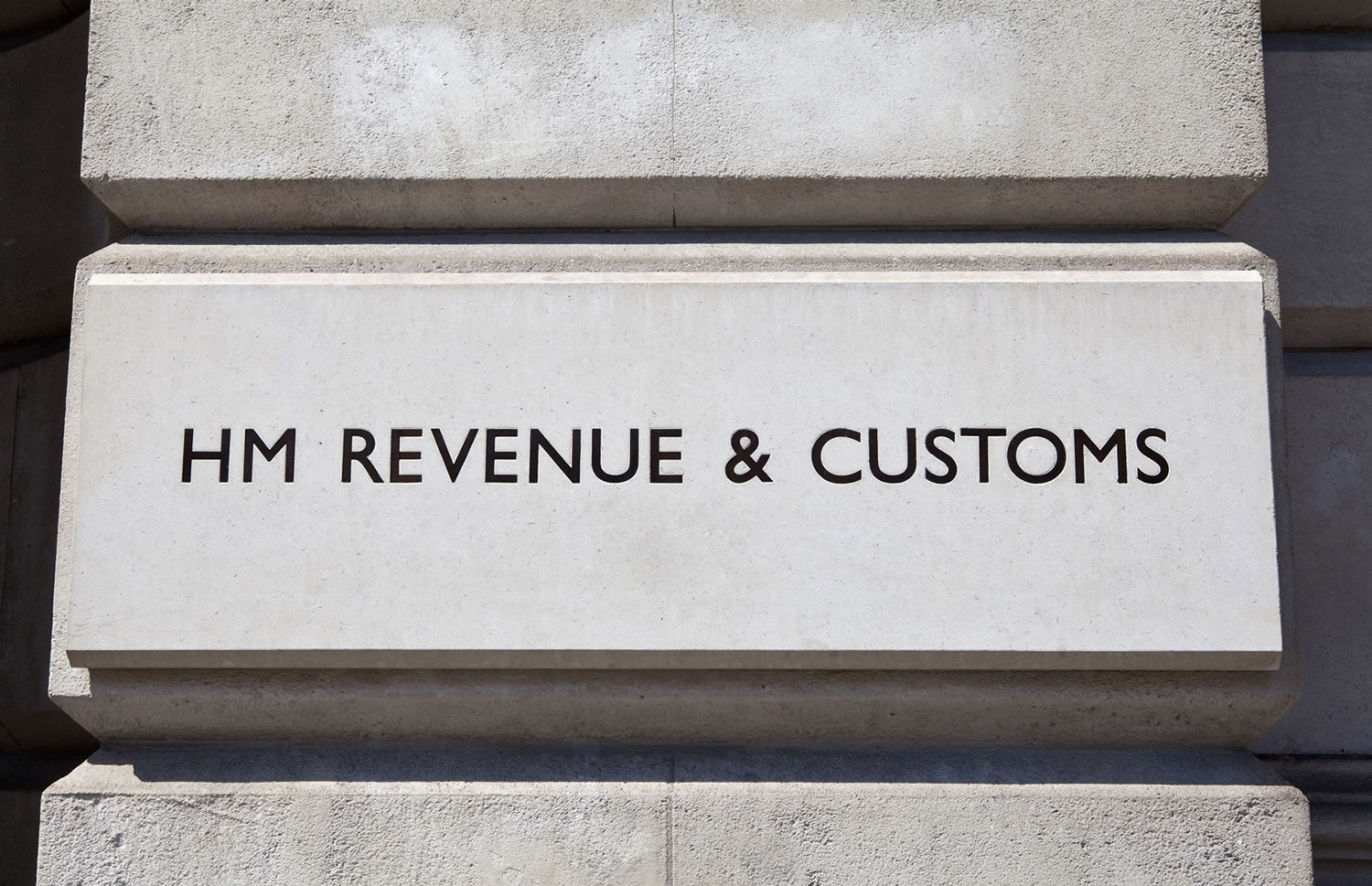Flat Rate VAT Rates to Change
The introduction of Flat Rate VAT (FRV) was meant to simplify VAT management for smaller organisations with limited purchases and a capped value of sales. The alternative method of calculating VAT allows businesses to pay a single flat percentage rate, which is lower than the prevailing rate (currently 20%), across their gross sales value. The FRV percentage varies by industry. In return for paying less VAT on their sales, companies using FRV forego the right to offset the cost of VAT on purchases. Accordingly, the scheme worked well for those with limited costs and higher sales.
Following introduction of the scheme in 2002, early adopters suddenly realised that it was possible to make a ‘profit’ on VAT, running into hundreds or even thousands of pounds £ annually. Checks with HMRC confirmed that this was a ‘pleasant side effect’ of the scheme and there was nothing wrong with declaring a profit on VAT.
That was until Phillip Hammond arrived on the scene as Chancellor this summer. In his autumn statement, he identified that FRV was open to abuse and in some cases was not being used as originally intended; the insinuation being that some businesses may have been deliberately setting up shell companies with high sales and low costs to generate profit on FRV.
As a result of this perceived abuse, The Chancellor announced changes which affect businesses with a very low cost base, now classed as “limited cost traders”. A limited cost trader is defined as one that spends less than 2% of its sales on goods (not services) in an accounting period or spends less than £1,000 a year, even if this is more than 2% of the firm’s turnover on goods.
Limited cost traders can still use the Flat Rate Scheme, but their FRV percentage will be set at 16.5%. By increasing the FRV percentage on these traders, Phillip Hammond will be reducing the opportunity for abuse of the system, but like all changes designed to close perceived loopholes, this will impact businesses where very little is spent on goods. For example, this may affect IT contractors, consultants, hairdressers and accountancy firms. It will also affect construction workers who supply their labour, but where the raw materials are provided by the main contractor.
Whilst the changes are scheduled to come into effect from April 2017, users of the scheme should be aware that purchases from now on may form part of the calculations.
